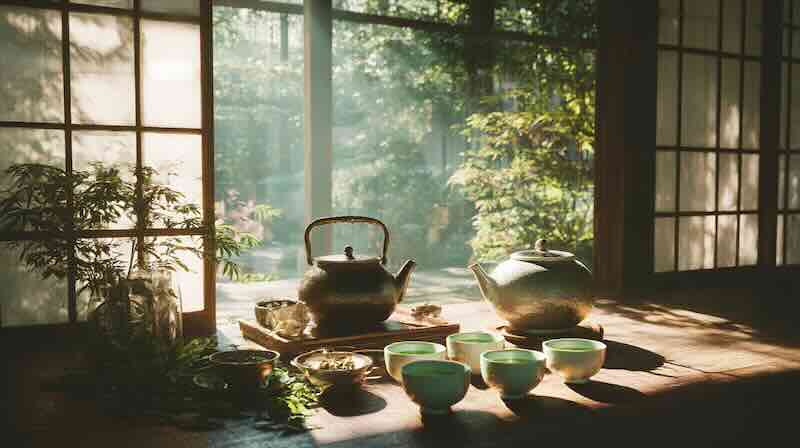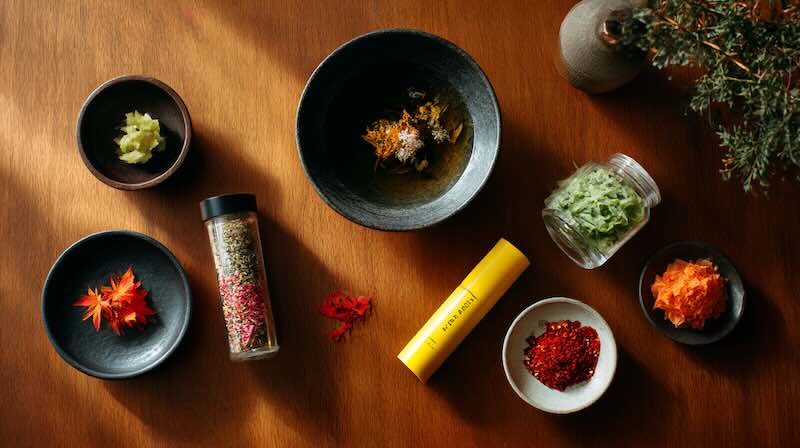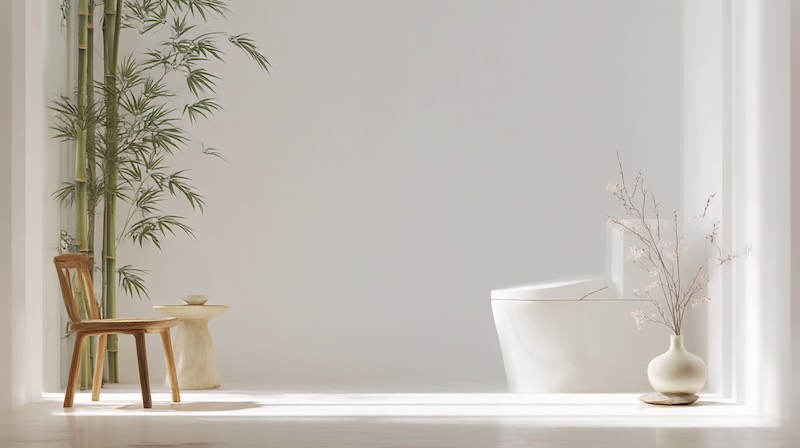Japanese tea is not just a drink—it’s a reflection of harmony, mindfulness, and centuries of cultural evolution. Whether you’re sipping on a delicate gyokuro in Kyoto or enjoying roasted hojicha in a cozy Tokyo café, each cup carries a legacy of craftsmanship and community.
This guide explores the major types of Japanese tea, their historical roots, cultural significance, health aspects, and practical tips for enjoying them like a local.
What Is Japanese Tea?
Japanese tea refers primarily to green tea (ryokucha), made from leaves of Camellia sinensis and processed through steaming to halt oxidation. This technique preserves the vibrant green color and delicate aroma, distinguishing it from Chinese-style pan-fried teas.
Varieties like sencha, matcha, gyokuro, hojicha, and genmaicha each offer a unique taste profile—and a window into Japan’s seasonal and regional aesthetics.
Historical Background
Tea first arrived in Japan during the Nara period (8th century), introduced by envoys and monks returning from Tang China. However, it was during the Kamakura period that Zen monk Eisai popularized matcha for its health benefits and meditative focus, as recorded in his treatise Kissa Yōjōki (喫茶養生記).
By the Muromachi period, the chanoyu (tea ceremony) emerged, evolving under masters like Murata Jukō and Sen no Rikyū, who refined tea into an art of spiritual simplicity.
From the Edo period onward, sencha—brewed rather than whisked tea—became popular among commoners. The Meiji era saw mechanization and the emergence of key tea regions such as Uji (Kyoto), Shizuoka, and Yame (Fukuoka), solidifying Japan’s modern tea culture.
Types of Japanese Tea
Sencha: The Everyday Favorite
By far the most consumed tea in Japan, sencha is made from steamed, rolled leaves that deliver a grassy, slightly astringent taste. Brewed in a kyusu (Japanese teapot), it’s served both hot and chilled, making it versatile year-round.
Want to know how it differs from other everyday teas? Read:
Bancha vs Sencha: Unveiling the Differences and Cultural Meanings
Matcha: The Ceremonial Star
Finely ground green tea powder made from shaded leaves, matcha is whisked with hot water into a frothy, rich drink. It’s central to the tea ceremony and increasingly popular worldwide in lattes and desserts.
Matcha is high in L-theanine, known for its calming, focus-enhancing properties—making it a favorite for both monks and modern creatives.
Gyokuro: The Shade-Grown Jewel
Gyokuro is grown in the shade for about 20 days before harvest, increasing chlorophyll and amino acid content. The result? A sweet, umami-rich, jade-colored tea best brewed at low temperatures (50–60°C) in a small pot.
Hojicha: The Roasted Comfort
Made by roasting sencha or bancha at high heat, hojicha develops a nutty, smoky aroma and reddish hue. With low caffeine, it’s gentle on the stomach—perfect for evenings, children, or elders.
Genmaicha: The Popcorn Tea
A charming blend of green tea and roasted brown rice, genmaicha was once dubbed “people’s tea.” Its toasty flavor and affordability made it popular among commoners—and it’s still loved for its cozy, nostalgic taste.
Cultural Significance
Japanese tea isn’t just consumed—it’s shared, offered, and meditated upon.
The tea ceremony represents a philosophy of impermanence and humility. Beyond formal rituals, tea is central to everyday hospitality—from welcoming guests with sencha to offering hojicha after meals.
Some teas also carry regional or seasonal roles:
- Shincha (new tea) is celebrated with first-harvest festivals in places like Uji
- Matcha is served at New Year’s or during Hina Matsuri (Girls’ Day)
- Cold barley tea (mugicha), while not a green tea, is a summer staple in many households
In contrast to the on-the-go espresso culture of the West, Japanese tea traditions encourage pause, presence, and seasonality.
Health Benefits and Modern Use
Japanese green teas are rich in:
- Catechins (especially EGCG), antioxidants known to support cardiovascular health
- L-theanine, which promotes relaxation without drowsiness
- Vitamins C and E, especially in younger leaves like sencha and gyokuro
Studies (e.g., by Japan’s National Institute of Health and Nutrition) support links between green tea and reduced inflammation, enhanced metabolism, and improved cognitive function. While not a cure-all, tea can certainly complement a healthy lifestyle.
Modern Practice and Travel Tips
In modern Japan, tea is everywhere—from vending machines to Michelin-starred kaiseki. Here’s how to experience it authentically:
- Tea houses (茶室) in Kyoto or Kanazawa offer traditional chanoyu experiences
- Tea farms in Uji, Shizuoka, or Kagoshima provide tours, tastings, and hands-on tea-picking
- Specialty cafés serve matcha parfaits, hojicha lattes, or even gyokuro espresso
- Convenience stores carry a range of bottled green teas (e.g., o~i ocha, namacha, hojicha)—an easy way to sample daily flavors
When brewing tea at home:
- Use soft, chlorine-free water
- Adjust temperatures: sencha (~75°C), gyokuro (~55°C), hojicha (boiling OK)
- Invest in a kyusu or glass pot for optimal flavor
Common Misconceptions
- “All Japanese tea is bitter” → Not at all. Gyokuro and matcha can be sweet, almost buttery.
- “Matcha is a new health fad” → It’s been used in Zen temples for over 800 years.
- “Roasted tea is low grade” → Hojicha is crafted with intention, and its gentle nature is ideal for digestion.
- “Only fancy ceremonies matter” → Everyday tea sharing at home is equally meaningful.
Summary
Japanese tea offers more than refreshment—it’s a taste of nature, a cultural ritual, and a mindful practice. From the bold umami of gyokuro to the humble comfort of genmaicha, each tea has a story to tell.
Next time you take a sip, remember: you’re drinking centuries of tradition and care in every cup.
Author’s note: During a spring visit to Wazuka, Kyoto, I joined a local tea-picking session and tasted shincha brewed directly by the farmer. The vibrancy, aroma, and human connection reminded me that Japanese tea is not just about leaves—it’s about people, place, and presence.


